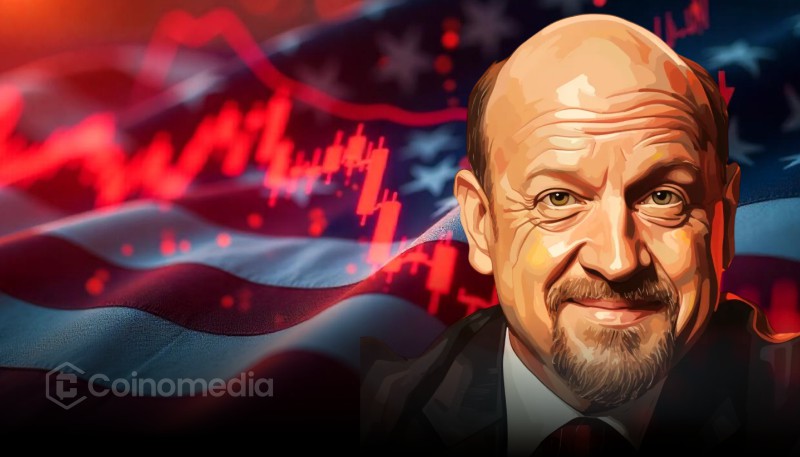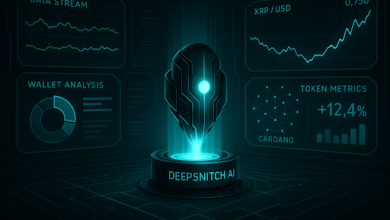Jim Cramer Predicts Crash Like 1987’s Black Monday
Jim Cramer compares today’s market to 1987’s Black Monday, warning investors of a potential major crash.

- Jim Cramer warns of a market crash similar to Black Monday.
- Overconfidence and volatility echo signs from 1987.
- Experts urge caution but disagree on the scale of risk.
Cramer Sees History Repeating Itself
Jim Cramer, host of CNBC’s Mad Money and one of Wall Street’s most recognizable voices, has issued a serious warning. He believes the stock market is showing signs similar to those that preceded the 1987 Black Monday crash—one of the worst single-day drops in U.S. history.
During a recent broadcast, Cramer said, “The current environment looks eerily similar to the lead-up to 1987. People are ignoring the warning signs and acting like nothing can go wrong.” His comments have caused a stir among investors, many of whom still remember—or have studied—the devastating impact of that crash.
On October 19, 1987, the Dow Jones Industrial Average fell nearly 23% in a single day, triggered by a combination of overvalued stocks, rising interest rates, and automated trading. Cramer fears today’s tech-driven rally and investor overconfidence may be setting the stage for something similar.
Signs of Trouble in the Market
Cramer’s warning centers on several risk indicators:
- Rising interest rates: The Federal Reserve continues to hint at keeping rates higher for longer, which pressures growth stocks.
- Overheated valuations: Especially in sectors like AI and technology, where stocks have soared beyond earnings reality.
- Global tensions: Geopolitical instability, particularly in Europe and the Middle East, adds to uncertainty.
Cramer isn’t alone in his concerns. Other analysts have also pointed out that volatility is rising, and momentum-based investing could backfire if sentiment turns quickly.
However, critics argue that the market is far more regulated and diversified than in 1987, and that comparing the two periods may be an exaggeration. Still, the fear of a sharp correction is enough to push some investors to reassess their strategies.
What Should Investors Do?
While a crash isn’t guaranteed, Cramer’s message is clear: don’t get too comfortable. Analysts recommend stress-testing portfolios, rebalancing risk, and avoiding speculative bets driven by hype.
As market history has shown, crashes often come when confidence is highest. Cramer’s comparison to 1987 is a reminder that markets can turn suddenly—and those who are prepared tend to come out stronger on the other side.



